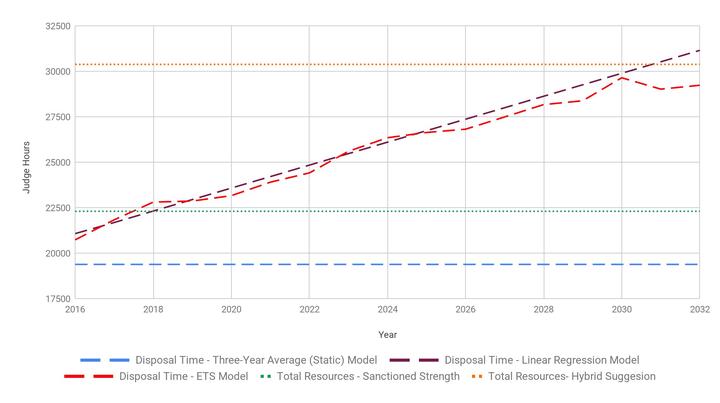 Predicted Time-Required to Dispose Pending Cases
Predicted Time-Required to Dispose Pending Cases
Abstract
Empirical research on the workload of the Supreme Court of India remains restricted by data sources. Existing approaches which adopt the count of cases as their primary measure miss the fact that the capacity of the Court is largely time driven. Courts have a limited time to hear cases making judge time a scarce resource. Stating that a court has a certain number of cases pending is insufficient to make inferences about the court’s congestion, capacity or efficiency. Applying a new data collection technique, we develop a dataset which records hearing time for each case in the Supreme Court of India. Using the weighted caseload method, we analyse the disposal rate, pendency and congestion faced by the Court. We find that the Court faces an unsustainable workload given existing resources and efficiency. We further use the model to evaluate the efficacy of common suggestions to reduce pendency in the Court. We conclude by discussing avenues for further research utilising time data.